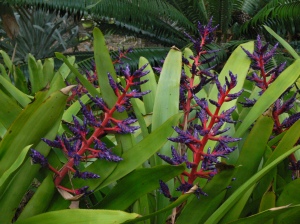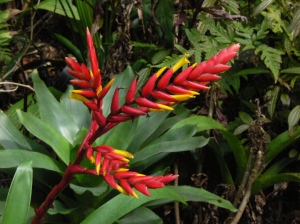Here is a very strange fact about certain fish species; they can change sex. We usually think of animals as fairly evolved creatures and when a female or male animal is born, it stays whichever sex it started as. But not certain fishes such as the members of the wrasse family or Parrotfish. They are called protogynous hermaphrodites.
If you break down the words in proto (first), gyn (female), they are fish who start out female and then change to male. The small immature wrasses are brown or cyptic (camouflage). They start life as females and lay eggs which are fertilized by the males. As the fish grow and age, they become less female and more male. They turn pretty colors and take on harem collecting behavior. They eventually become functional males that fertilize their harems.
There are many theories of evolutionary fitness that may explain why the wrasses go through this metamorphosis. I’m not sure I buy all the explanations but you may want to read for yourself here http://en.wikipedia.org/wiki/Sequential_hermaphrodites.
There may be an environmental advantage to a species doing this. If the environment is harsh and the populations are starving and not doing well, more of the fish will stay in the small female stages longer to make more eggs and improve the number of animals. Anyway, I found this story an interesting thing to learn about after we saw this fish at the Florida Aquarium in Tampa, Florida.






